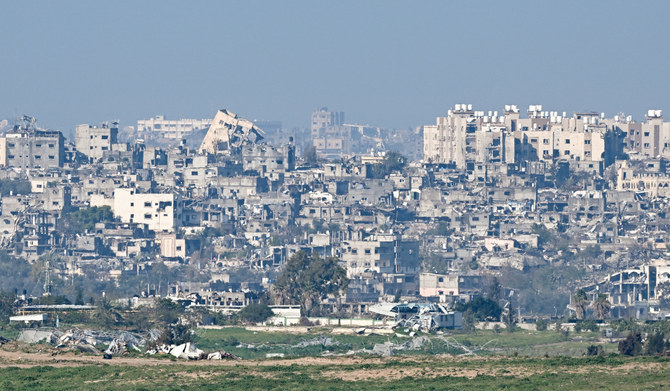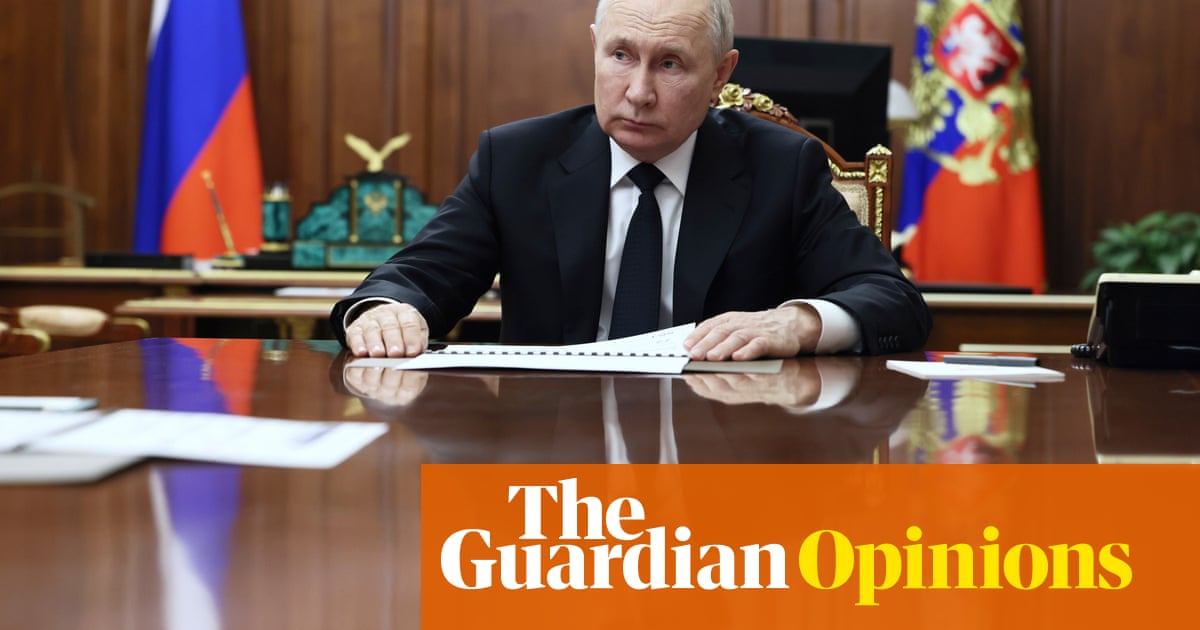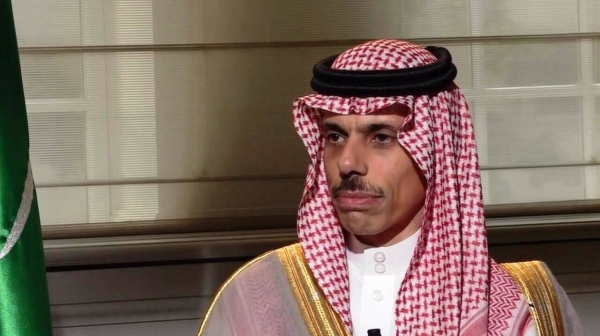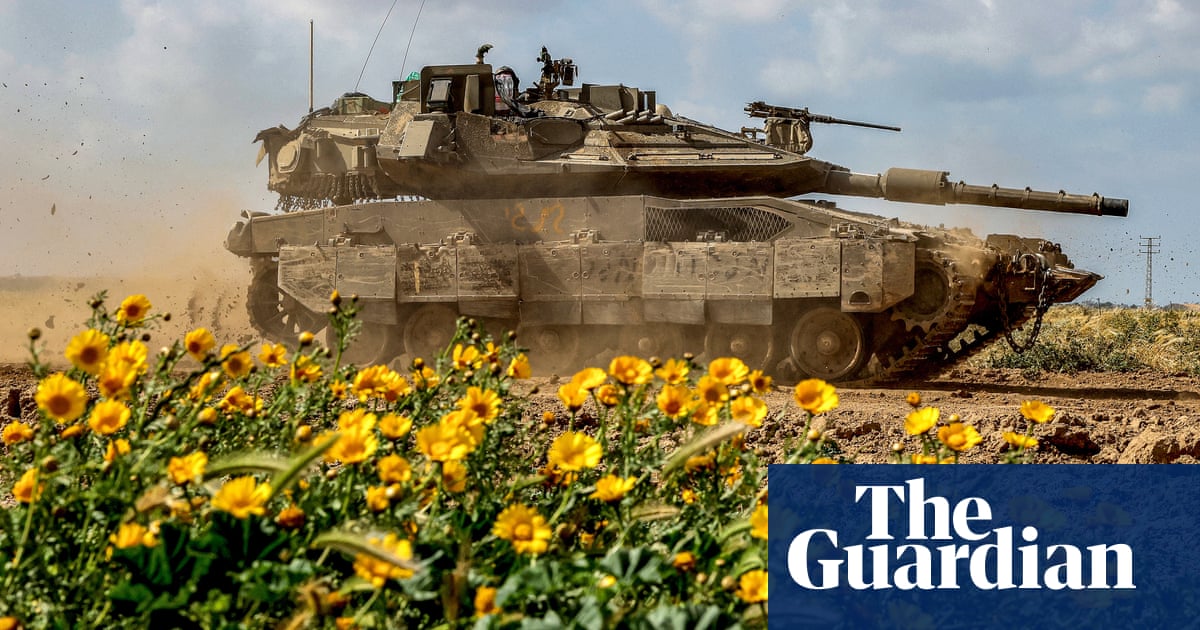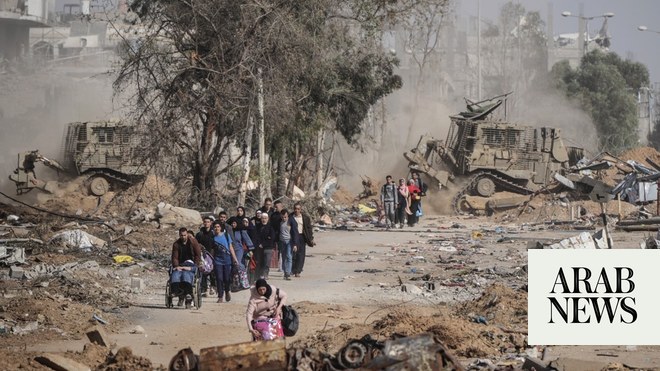
An original protective jacket costs about $2,000 outside Gaza, a price too steep for most young journalists
18 journalists have been killed in Israel and Palestine between 1992 and 2021
GAZA CITY: Only a limited number of Gaza journalists who work for international news agencies and reputed television networks possessed safety gear like helmets and bullet-proof vests during the recent violence.
Most of the native journalists in the besieged enclave worked under unsafe conditions that posed a real threat to their lives.
For many years, Israel has prevented the supply of safety tools to Gaza, classifying them as military equipment or dual-use materials, which they fear could reach Hamas and other Palestinian factions.
Working without these tools in times of conflict represents a deadly threat to journalists. According to the Committee to Protect Journalists, 18 journalists have been killed in Israel and Palestine between 1992 and 2021. But no deaths were reported during the recent confrontation between Hamas and Israel in Gaza.
During the latest clashes, three photojournalists escaped certain death by wearing protective vests and helmets.
Mustafa Hassouna, accompanied by two others in a car marked “press” in Arabic and English, said an Israeli missile hit the rear of their vehicle, and shrapnel scattered inside. He said if he had not worn a vest and a helmet, he would not be alive. His colleagues were injured in the attack.
Osama Al-Kahlout is a freelance journalist who assists local and Arab media outlets. He said he was exposed to risks many times in the field due to a lack of professional protection tools.
So, Al-Kahlout, like other journalists, turned to local tailors for armor-like jackets to be stitched, but they provide little protection.
Al-Kahlout described the locally produced jackets as “just a piece of cloth” that looked similar to professional armor vests: “Its only advantage is that it distinguishes a journalist from others, but it does not provide any protection as it does not contain any metals.”
Al-Kahlout attributed the lack of protective equipment to two main reasons: Israeli restrictions and its high price which journalists cannot afford because of their low wages.
He said the price of a locally sewn jacket is about $15, while the price of an original protective jacket is about $2,000 outside Gaza, which is a price tag too steep for most young journalists.
During his coverage of the conflict, Al-Kahlout stayed behind fellow journalists who wore protective armor and who worked for foreign agencies and major channels. Al-Kahlout tried to stay at a “safe distance” from the dangerous zones.
But Al-Kahlout said this approach did not work in all cases as it required mobile photography, which meant he had to get close to the target.
Sami Abu Salem, a journalists safety coach at the International Federation of Journalists, said vests, helmets and other safety gear are important for every journalist, as they reduce the risk one may be exposed to in a war zone.
“The gear reduces the risk but does not completely prevent it,” Abu Salem said. “In times of war, airstrikes and artillery shelling, these tools do not provide complete protection for a journalist, but they remain necessary and important.”
Insurance also plays a factor, he said.
“In any case, it is better for a journalist to wear these tools,” Salem said. “They protect the press from some risks, distinguish them from others in the field, and guarantee their rights with insurance companies that do not accept a claim if the journalist is found to have not worn them at the time of the injury.”
A very limited number of journalists succeed in obtaining professional safety gear through foreign colleagues, who bring them during their visits to Gaza via the Erez Crossing, on the Israel-Gaza barrier, which is under Israeli control.
Tahseen Al-Astal, deputy head of the Palestinian Journalists Syndicate, said the organization made several attempts using various means to procure safety equipment for journalists in Gaza, but to no avail.





